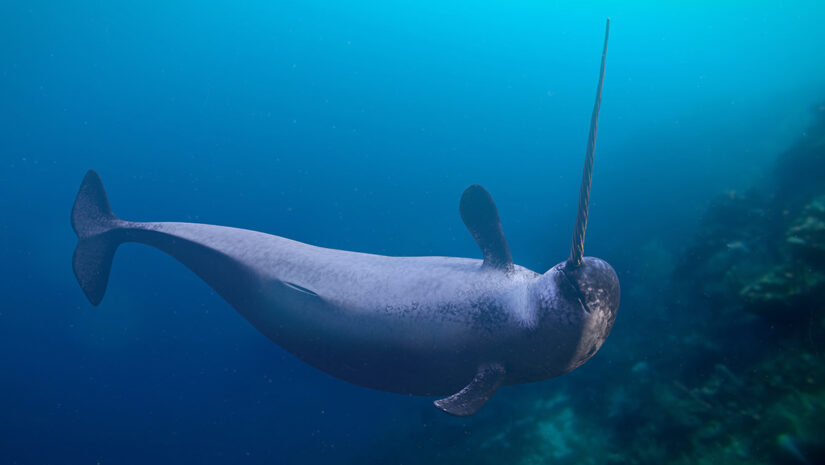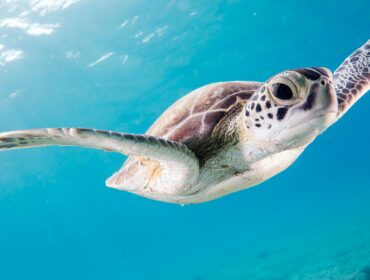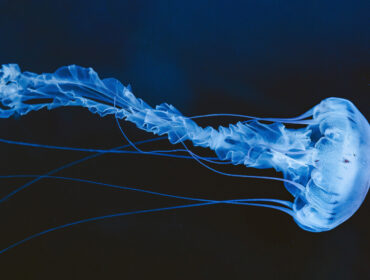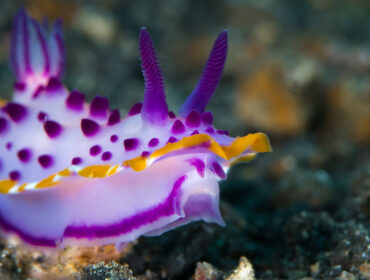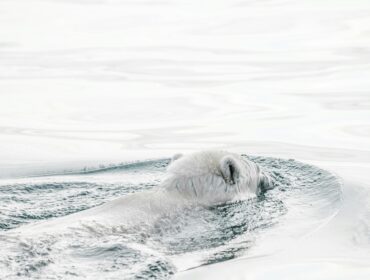The narwhal, or Monodon monoceros, is one of the most interesting and unique marine mammals. Closely related to beluga whales, these creatures stand out due to their unusual appearance, icy habitat, and fascinating behavior. Although there is not as much spotlight given to them as there is to the more cuddly counterparts in the Arctic, they are indeed very curious creatures. Here are just 5 interesting narwhal facts.
What is a narwhal?
Narwhals, whose name roughly translates into “whale corpse” in Norse, are related to bottlenose dolphins, belugas, harbor porpoises, and orcas. Found only in the icy waters of the arctic, these mysterious creatures rarely leave these waters and hence not much is known about them. They are often sighted swimming in groups of 15 to 20, but gatherings of hundreds or more narwhals have been reported.

5 Fascinating Narwhal Facts
Male narwhals grow a long spiral tusk
One of the most interesting facts about narwhals is that males of the species grow a long, spiraling tusk, which gives the whale its most distinct characteristic. This tusk is an elongated left canine, which grows through the whale’s lip. Occasionally, the right canine will also grow, resulting in two tusks. In addition, some females may grow a small tusk, although this is rare.
This tusk is what lends the narwhal its nickname: the unicorn of the seas. All narwhals have two teeth in their upper jaw. After the first year of a male narwhal’s life, its left tooth grows outward, spirally. This long, single tooth projects from its upper jaw and can grow to be 7-10 feet (2-3 m) long. The function of this tusk is yet unknown, but marine biologists believe that it plays a part in attracting the female narwhal during mating rather than it serving as a defense mechanism.
The narwhal lacks a dorsal fin
Another feature that makes these whales’ appearance so unique is the lack of a dorsal fin. It is thought that the absence of this fin is an evolutionary adaptation for swimming under the thick Arctic ice, which would be considerably more difficult with a dorsal fin in the way.

They live in cold waters
Narwhals prefer a cold water habitat, and are found in the northern-most sections of the Arctic Ocean, and also around western Greenland and northern Canada. These whales are migratory. In the summer, they tend to form large pods in coastal waters. During the winter, these pods, which can number well into the hundreds, splinter into smaller groups of five to twenty whales. The whales move to deeper waters, where there is more ice and prey is more abundant.
Narwhals are also able perform some of the deepest dives ever recorded for a marine mammal, diving to at least 800 meters (2,400 feet) with many dives reaching 1,500 meters (4,500 feet).
They eat fish, notably cod
The narwhal has a very specific diet. These whales prefer to eat a slim variety of fish, which includes cuttlefish, cod, and halibut. These whales have no sharp teeth, aside from their tusks, to help them catch prey. Instead, the whale swims close to the prey and then sucks in, drawing they prey toward them and swallowing it. These whales are also excellent divers, sometimes diving up to almost 5,000 feet deep, the deepest of any ocean mammal. This also aids in hunting.
They live up to 50 years
Narwhals have relatively long life spans, living up to 50 years. Females reach maturity at between six and eight years, while males begin breeding between 11 and 13 years old. Calves stay with their mothers for almost two years.

